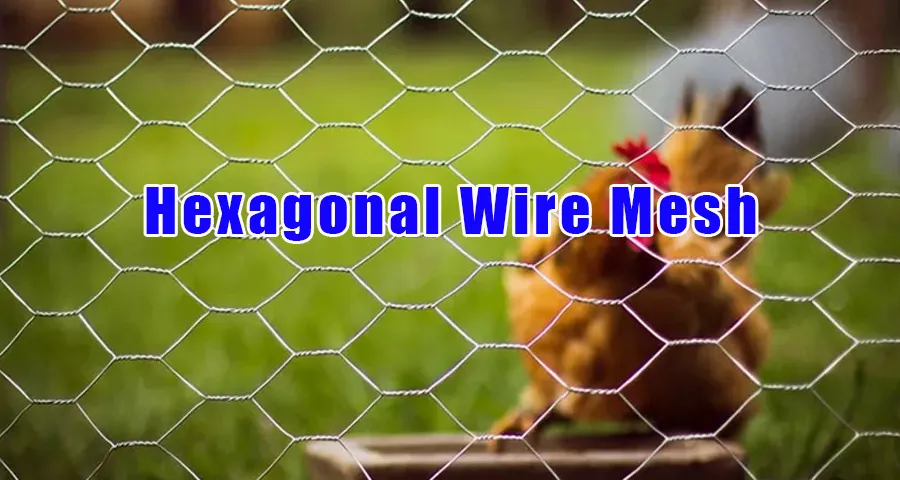-
+86 15030157877
-
sales@galvanizedmetalmesh.com
Agu . 13, 2024 23:11 Back to list
Exploring the Benefits and Applications of Steel Matting in Modern Construction Practices
The Evolution and Application of Steel Matting
Steel matting, often referred to in industrial and construction contexts, serves as a versatile solution for a multitude of projects, ranging from heavy civil engineering works to more specialized applications. As a durable, resilient product, steel matting has evolved significantly from its initial uses, adapting to the diverse needs of modern construction and infrastructural developments.
Historical Context
The use of steel in construction dates back to the late 19th century, when the industry began to appreciate the advantages of metal over traditional materials like wood and masonry. Early applications of steel matting were primarily in the reinforcement of concrete structures; however, as technology advanced, the scope widened. Steel matting became an essential component in the creation of temporary roadways, access roads, and platforms in construction sites, particularly in areas where the ground was unstable or soft.
Types of Steel Matting
Steel matting comes in various forms, which are tailored to specific applications. The most common types include welded wire mesh and grid matting. Welded wire mesh is constructed from steel wires that are welded together at regular intervals, creating a grid-like pattern that allows for excellent strength and durability. This type is often used for reinforcing concrete slabs, walls, and pavements, providing enhanced tensile strength and flexibility.
Grid matting, on the other hand, is designed for load distribution. It is commonly utilized in temporary road systems, helping to stabilize the ground and prevent the sinking or shifting of heavy machinery and vehicles. This quality makes grid matting particularly useful in the oil and gas industry, where operations often occur in remote locations with challenging terrains.
Benefits of Steel Matting
steel matting

One of the primary advantages of steel matting is its strength-to-weight ratio. It provides exceptional load-bearing capacity while remaining lightweight, which facilitates ease of installation and reduces transportation costs. Furthermore, the durability of steel ensures that matting products can withstand harsh environmental conditions and significant wear and tear, making them a long-lasting investment for contractors.
In addition, steel matting contributes to enhanced safety on construction sites. Its ability to create stable walkways and platforms minimizes the risk of accidents caused by uneven or slippery surfaces. This not only protects the workforce but also enhances productivity, as workers can move around the site more freely and confidently.
Sustainability Considerations
As environmental concerns continue to influence construction practices, the sustainability of materials used in projects has come to the forefront. Steel is a highly recyclable material, and many manufacturers are now producing steel matting from recycled steel. This practice not only decreases the environmental impact but also promotes the recycling industry, helping to reduce the demand for virgin materials.
Future Trends
Looking ahead, the future of steel matting is likely to be shaped by technological advancements and innovative applications. The integration of smart technologies, such as sensors to monitor structural integrity, may lead to new uses in smart city infrastructure and automated construction practices. Additionally, the growing trend towards modular construction could see steel matting playing a crucial role in prefabricated building systems.
In conclusion, steel matting is a vital component in modern construction, providing durability, safety, and adaptability across a wide range of applications. As the industry continues to evolve, so too will the uses and benefits of steel matting, cementing its place as an indispensable material in the infrastructure of tomorrow. Whether in temporary setups or permanent constructions, its impact is undeniable, offering both functionality and resilience in an ever-demanding marketplace.
-
Welded Gabion Solutions: Durable & AI-Enhanced Designs
NewsAug.01,2025
-
Premium Welded Gabion Mesh | Robust & Eco-Friendly
NewsJul.31,2025
-
Premium Eco-Friendly Roof Tiles | Affordable & Durable
NewsJul.31,2025
-
Premium Roof Tiles for Durable & Stylish Roofing Solutions
NewsJul.30,2025
-
High-Quality Roof Tiles for Durable & Stylish Roofing Solutions
NewsJul.29,2025
-
High Quality Square Wire Mesh Manufacturer & Supplier for Wholesale
NewsJul.29,2025



